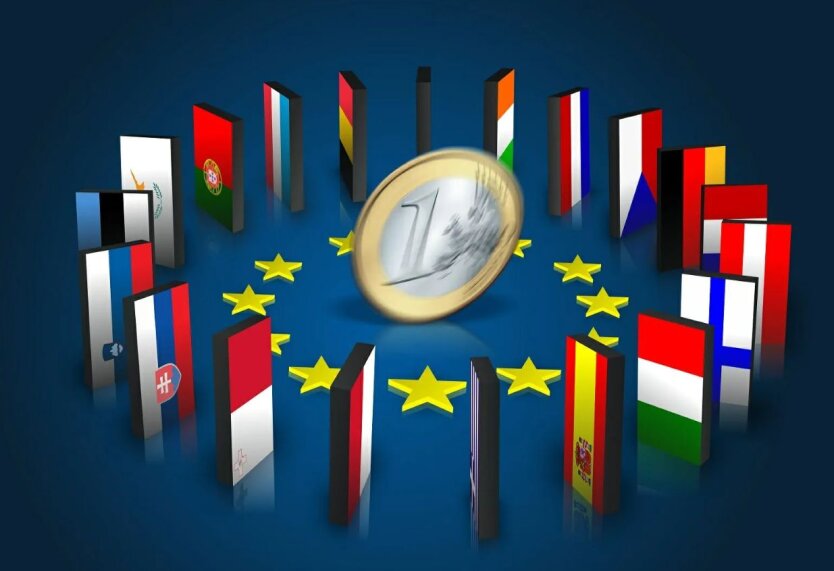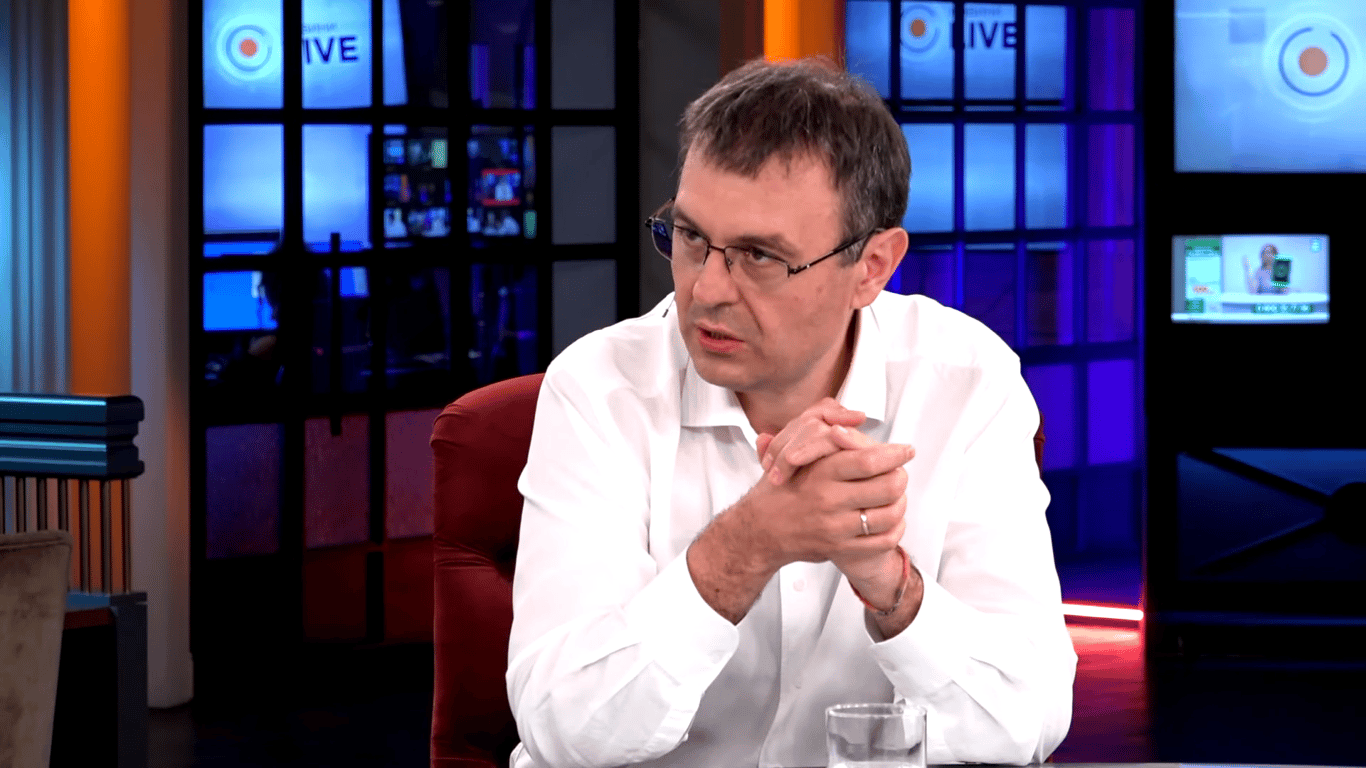The Eurozone Started the Year with Accelerating Inflation.


Inflation in the Eurozone Continues to Rise
For four consecutive months, consumer inflation in the Eurozone is accelerating. After reaching a low in September 2024, the annual inflation in October was 2%, in November - 2.2%, and in December - 2.4%.
Core inflation, which excludes energy and food prices, remained at December's level (2.7%). Energy prices rose by 1.8% in January (after +0.1% in December).
The highest annual inflation rate among countries using the single European currency was recorded in:
Croatia - 5%
Belgium - 4.4%
Slovakia - 4.1%
Austria - 3.5%
Lithuania - 3.4%
The smallest price increases occurred in the following countries:
Ireland - 1.5%
Finland - 1.6%
Italy - 1.7%
Malta - 1.7%
France - 1.8%
Despite this, the ECB lowered its rates for the fourth Time on January 30 to support the Eurozone economy, which is likely to grow by only 0.7% in 2024, with growth expected at 1.1% in 2025.
Read also
- Russia may decommission the only aircraft carrier 'Admiral Kuznetsov' — why
- The serviceman denied the statehood of Ukraine - the verdict of the Odesa court
- Trump is ready to give Ukraine money for weapons - how much will be allocated
- Ukraine to Receive a Large Share of the Arms Market - Hetmantsev Named the Way
- A soldier offered another soldier a bribe to get discharged from service - verdict
- Strike on Kyiv — media were not allowed at the site in the Shevchenkivskyi district









